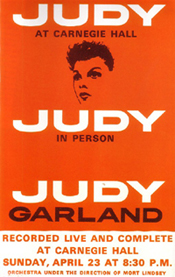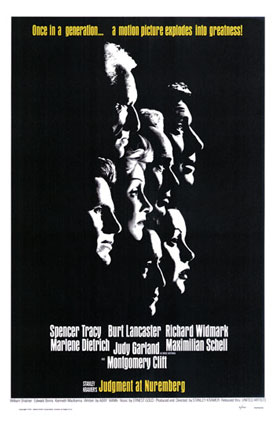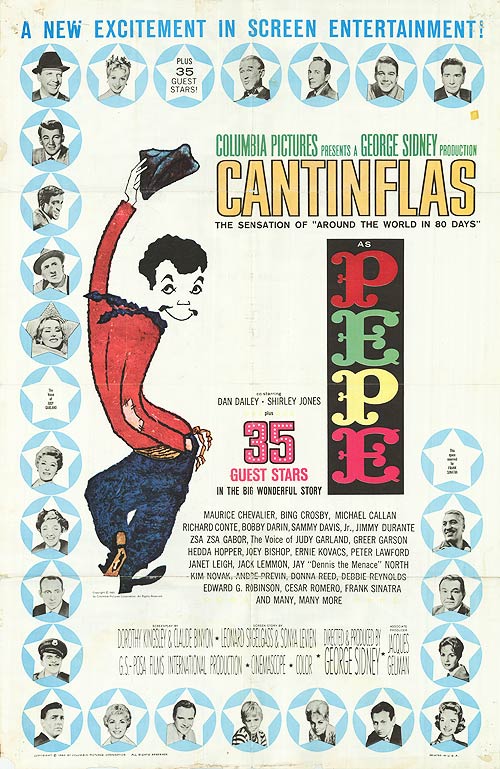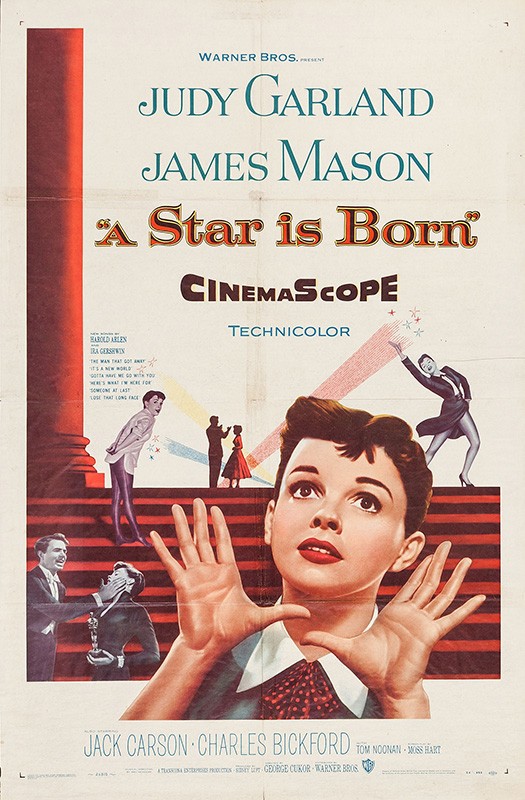Judy by the Numbers: "Take My Hand, Paree"
 Wednesday, August 24, 2016 at 8:30AM
Wednesday, August 24, 2016 at 8:30AM 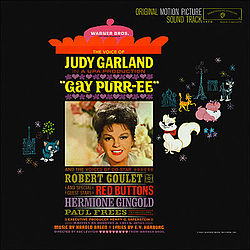 This week's number is hands down the weirdest entry in Judy's filmography. It doesn't fit neatly into Judy's biography or star image; it really appears to be one of those things that happened because the timing was right. In 1962, Warner Bros released a UPA animated feature called Gay Purr-ee. It's a movie about Parisian cats that feels like An American in Paris meets The Aristocats as played by the Looney Tunes. In a bit of early celebrity stunt casting UPA cast two big voices for its dimunitive feline leads: Judy Garland and Robert Goulet.
This week's number is hands down the weirdest entry in Judy's filmography. It doesn't fit neatly into Judy's biography or star image; it really appears to be one of those things that happened because the timing was right. In 1962, Warner Bros released a UPA animated feature called Gay Purr-ee. It's a movie about Parisian cats that feels like An American in Paris meets The Aristocats as played by the Looney Tunes. In a bit of early celebrity stunt casting UPA cast two big voices for its dimunitive feline leads: Judy Garland and Robert Goulet.
The Movie: Gay Purr-ee (WB, 1962)
The Songwriters: Harold Arlen (music) & E.Y. Yarburg (lyrics)
The Cast: Judy Garland, Robert Goulet, Red Buttons, Hermione Gingold, Paul Frees, Mel Blanc, directed by Abe Levitow.
The Story: Gay Purr-ee really needs to be seen to be believed. Done in the limited-animation style of UPA, the movie sets jittering characters against beautifully drawn backgrounds. As the casting of Mel Blanc may have tipped some readers off, the movie was actually produced and co-written by famous Looney Tunes director Chuck Jones. (Jones was fired from Warner Bros after making this film as he had violated his contract with them.) However, though the movie is occasionally stunning, it lacks the focused insanity of Jones's animated shorts.
Judy is credited with having brought her "Over the Rainbow" songwriters onto the film. Despite this, neither the film nor the soundtrack did well. When the film fizzled, Judy continued her successful touring schedule. However, another new opportunity was about to present itself to her.



